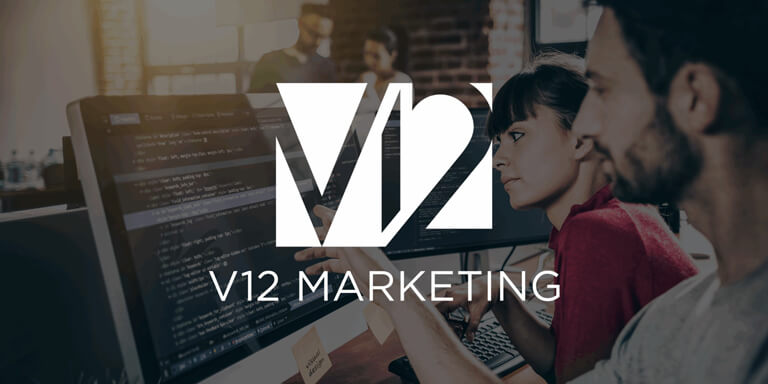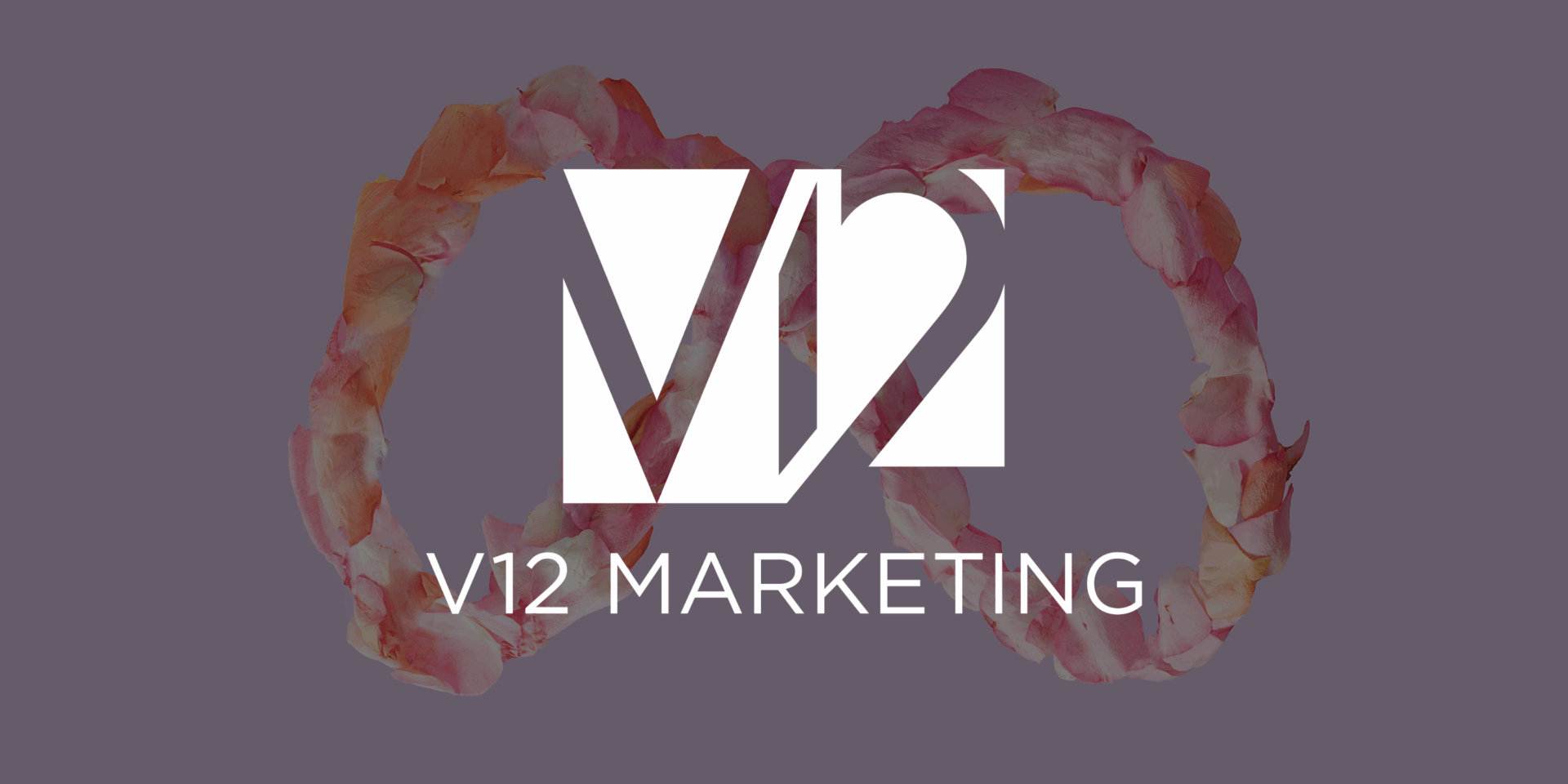
Faster pages almost always win for conversion rate and Quality Score.
You do not need to choose between speed and beauty. You need to choose disciplined design and smart engineering. Use a speed-first process, set performance budgets, and ship aesthetics that respect Core Web Vitals.
Why speed matters for marketing outcomes
- More conversions: Every extra second of load time lowers conversion rate on average. The effect is strongest on mobile, and the first 3 seconds are the most sensitive.
- Cheaper clicks: Faster landing pages improve Google Ads Landing Page Experience and Quality Score, which can reduce cost per click and raise ad rank.
- Better SEO: Google uses Core Web Vitals as part of search rankings. Pages that hit good thresholds for LCP, INP, and CLS have a structural advantage.
- Lower bounce rates and higher engagement: Users feel performance at a gut level. Speed increases perceived professionalism and trust.
What “fancy design” usually means
When teams say they want a fancy landing page, they often mean one or more of the following:
- Large hero videos or high-resolution carousels
- Complex animations or parallax scroll effects
- Heavy third-party widgets, social feeds, or chat
- Custom typefaces with multiple weights and variants
- High-fidelity images that are not optimized
- Full-screen auto-playing media
None of these is inherently bad. They are only expensive when implemented without constraints.
Core Web Vitals, in plain English
- LCP, Largest Contentful Paint: Time until the main thing on the screen appears. Target under 2.5 seconds on mobile.
- INP, Interaction to Next Paint: Time the page takes to respond to a tap or click. Target under 200 milliseconds.
- CLS, Cumulative Layout Shift: Visual stability during load. Target below 0.1.
Success on these three metrics correlates strongly with conversion rate, particularly for paid traffic.
The trade-off is not speed versus design. It is waste versus intention.
You can ship delightful visuals that load quickly if you design with intention.
- Prefer purposeful motion over constant motion.
- Prefer one crisp image over ten mediocre frames.
- Prefer clear hierarchy over decorative flourishes.
- Prefer native browser features over heavy libraries when possible.
Benchmarks you can hold your team to
Set these as non-negotiable performance budgets. Measure on a mid-range mobile device over a typical 4G connection.
- LCP under 2.5 seconds
- INP under 200 milliseconds
- CLS below 0.1
- Total page weight under 1.5 MB for first view
- Fewer than 60 total network requests
- Initial HTML under 50 KB, compressed
If your creative direction cannot meet these numbers, adjust the direction.
How to put a dollar value on speed
- Establish current baseline: sessions per month, conversion rate, revenue per conversion.
- Estimate the conversion lift for the first 1-second improvement. A conservative range is 5 to 20 percent relative lift.
- Multiply by current traffic and revenue per conversion to forecast the monthly impact.
- Compare to the implementation cost. If payback is under 60 days, prioritize immediately.
Decision framework for design choices
Use this scoring grid when evaluating heavy visual elements.
- Value to user goal, 1 to 5: Does this element help a visitor take action faster, or understand the offer better?
- Brand impact, 1 to 5: Does it express the brand in a way that supports trust and recall?
- Performance cost, 1 to 5: Weight of assets, CPU time, network calls.
- Testability, 1 to 5: Can we A/B test this cleanly?
Calculate Net Score = Value + Brand + Testability minus Performance Cost. Only ship elements with a positive Net Score, and always plan a test.
A practical build process that balances both
1) Discovery and constraints
- Write the one-line outcome for the page. Example: Book a demo with fewer than 3 clicks.
- Define the primary user path. Eliminate anything that distracts from it.
- Agree on the performance budgets listed above. Treat them like legal limits.
2) Content first wireframes
- Design the message, not the chrome. Use grayscale blocks and real copy.
- Place the hero value prop, proof, and CTA inside the first viewport.
- Keep one CTA per section. Avoid decision fatigue.
3) Visual direction with lightweight motion
- Use micro interactions that provide feedback, not spectacle. Example: button hover, form validation, subtle scroll reveals.
- Choose a single display font for headings and a system or variable font for body copy.
- Cap custom font files to two weights, woff2 only.
4) Engineering choices that protect speed
- Ship images in AVIF or WebP, with srcset and sizes for responsive delivery.
- Lazy load below-the-fold images and defer non-critical scripts.
- Use modern CSS for effects instead of heavy JS libraries when possible.
- Inline critical CSS, load the rest async. Avoid render-blocking CSS where possible.
- Use native video controls, no auto-play with sound, and provide a static poster.
5) Analytics and testing
- Track Core Web Vitals with a field data library.
- Set up GA4 events for hero CTA, form start, form submit, scroll depth, and navigation clicks.
- Use a testing tool to run A/B experiments on heavy elements before declaring them permanent.
Patterns that look premium and still fly
- Single hero image with text overlay using a compressed 1600 px wide WebP, under 200 KB, with a simple fade in.
- Grid of customer logos as inline SVGs, no external icon libraries.
- Short testimonial slider with 3 to 4 cards, built with CSS snap points, no heavy carousel plugin.
- Minimalist color palette with one accent color, one neutral background, and clear buttons.
- Skeleton loaders for dynamic content, which reduce perceived wait time and layout shifts.
Asset optimization checklist
- Compress images to under 200 KB for hero and under 100 KB for supporting images.
- Provide width and height for all media to prevent layout shifts.
- Convert icons to SVG sprites and inline critical ones.
- Serve fonts via font display swap and restrict to two weights.
- Defer analytics that are not essential for conversion. Load consent and tag manager efficiently.
- Combine or remove redundant third-party scripts. Each third party must earn its keep.
Front-end tactics that deliver
- Tree shake and code split. Only ship what the current route needs.
- Use HTTP caching with immutable file names. Set long cache lifetimes for static assets.
- Preload the hero image and the next route.
- Replace jQuery-era plugins with native APIs or small utilities.
- Minimize DOM depth and avoid expensive layout thrashing animations.
Measurement plan
Track these KPIs at the same time to see the full picture.
- LCP, INP, and CLS from the real user monitoring setup
- Conversion rate to the primary action
- Time to first interaction, measured via event timestamps
- Form start rate and completion rate
- Bounce rate and return visits within 7 days
- Google Ads Quality Score for top ad groups
- Organic rankings for the target query cluster
Testing ideas you can ship in a week
- Hero image still versus looping video
- Static above the fold versus parallax header
- One custom font weight versus two weights
- Minimal logo grid versus animated carousel
- Lazy loaded below the fold social proof versus everything inline
Each test should run to at least 95 percent confidence or a fixed sample size derived from your baseline conversion rate.
A simple mini case study
Situation: A B2B SaaS brand had a stylish hero video and three custom typefaces. Mobile LCP was 4.2 seconds, INP 260 ms, and CLS 0.18. Paid traffic was converting at 2.0 percent.
Actions: Replaced the hero video with a single frame poster, compressed to 160 KB WebP. Reduced fonts to two WOFF2 files and preloaded the heading font. Inlined critical CSS, deferred non-critical scripts, and removed one chat widget that loaded five external files.
Results after 30 days: Mobile LCP 2.1 seconds, INP 160 ms, CLS 0.04. Conversion rate 2.6 percent, cost per demo down 12 percent due to improved Landing Page Experience, and organic rankings for the primary keywords improved by two to three spots.
Executive answers for common objections
- Will a simpler page hurt brand perception? No, clarity reads as premium. Visitors judge by speed, readability, and proof.
- Do animations increase engagement? Only when they indicate a state or guide attention. Decorative motion often distracts and costs CPU time.
- Can we keep the video? Yes, if it is short, compressed, muted by default, and does not block LCP. Provide a high-quality poster and fallback image.
- Is this just a dev problem? No. It is shared across design, content, media buying, and engineering. Everyone owns speed.




